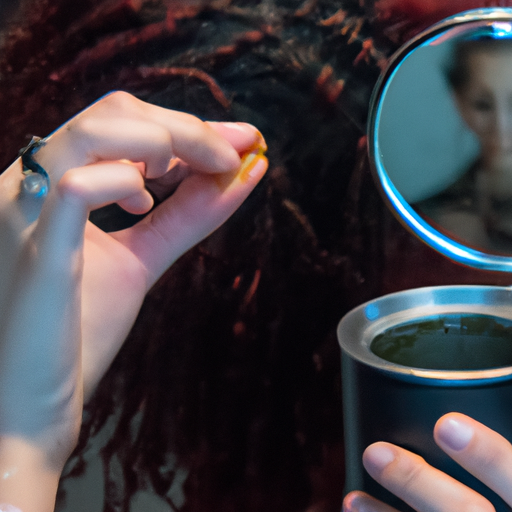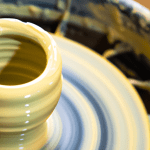Can I Safely Apply Henna on Damp Hair? Expert Tips Revealed!
Henna, a natural dye derived from the Lawsonia inermis plant, has been used for centuries to color hair and create beautiful designs on the skin. It is known for its ability to provide a vibrant and long-lasting color. However, when it comes to applying henna on damp hair, there are a few things to consider to ensure a safe and successful application.
Understanding the Basics of Henna Application
Before we dive into the topic of applying henna on damp hair, let’s first understand the basics of henna application. Henna powder needs to be mixed with a liquid, typically water or lemon juice, to create a paste. This paste is then applied to the hair or skin and left to dry for a specific period of time. Once dried, the henna paste is rinsed off, revealing the desired color.
Benefits of Applying Henna on Damp Hair
Applying henna on damp hair can have several benefits. Firstly, damp hair allows the henna paste to spread more easily and evenly throughout the strands. This can result in a more uniform and consistent color. Additionally, damp hair helps the henna paste adhere better to the hair, ensuring better color penetration and longevity.
Expert Tips for Applying Henna on Damp Hair
While applying henna on damp hair can be beneficial, it is important to follow some expert tips to ensure a safe and successful application:
1. Wash your hair: Before applying henna, make sure to wash your hair thoroughly to remove any dirt, oils, or product buildup. Clean hair allows the henna to adhere better and provides a clean canvas for the color.
2. Towel-dry your hair: After washing, gently towel-dry your hair to remove excess moisture. Your hair should be damp but not dripping wet. Excessive water can dilute the henna paste and affect the color result.
3. Protect your skin: Apply a thin layer of petroleum jelly or a similar barrier around your hairline, ears, and neck to prevent staining of the skin. Henna can leave temporary stains on the skin, so it’s important to protect these areas.
4. Section your hair: Divide your hair into manageable sections before applying henna. This will ensure that the henna paste is evenly distributed and reaches all parts of your hair.
5. Apply the henna paste: Using a brush or gloved hands, apply the henna paste to each section of your hair, starting from the roots and working your way down to the ends. Make sure to saturate the hair thoroughly for best results.
6. Cover and wait: Once you have applied the henna paste, cover your hair with a shower cap or plastic wrap to prevent drying. Leave the henna on for the recommended time mentioned on the product packaging or as advised by a professional.
7. Rinse and condition: After the recommended time has passed, rinse your hair thoroughly with lukewarm water until the water runs clear. Follow up with a deep conditioner to nourish and moisturize your hair.
Conclusion
In conclusion, applying henna on damp hair can be a safe and effective method for achieving vibrant and long-lasting color. By following the expert tips mentioned above, you can ensure a successful henna application. Remember to always read and follow the instructions provided with the henna product and consult a professional if needed. Enjoy your beautiful henna-colored hair!




